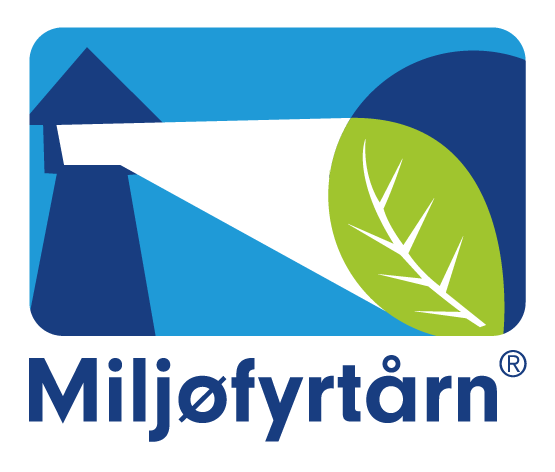Real Estate is part of the solution to the aging population
The way a neighborhood is designed affects health, well-being, and social interaction. This gives us who develop real estate a responsibility to create neighborhoods that help us stay healthy longer.
22. November 2023
If we are to succeed, close cooperation with municipalities, citizens and businesses is required.
Life expectancy is rising. In addition, lifestyle diseases, loneliness and exclusion increasingly lead to poor health and reduced quality of life. By 2030, for the first time in Norway there will be more people over the age of 65 than children and young people. It is mandatory to reduce the number of people who get sick and need help.
Health promotion and urban planning
Through our work with real estate for the health care industry throughout the last 15 years, we have experienced the benefits of seeing health and real estate in close context. Health is a priority area for Linstow. Our strategy is to develop buildings and neighborhoods that help promote physical activity and inclusion - regardless of life situation and functional level. This is crucial to be relevant as a real estate actor moving forward.
Healthy urban development is not just about prevention, but about strengthening health through the way we live. We must facilitate for people to make good life choices on a daily basis.
We need more knowledge
There are many initiatives to help promoting physical activity, but a lot less is being done to help reduce loneliness and exclusion. In both cases, it's also a question of whether we're implementing the right initiatives to help those who need it most.
One example is the benches that were introduced in several schoolyards to help the shy make friends. Many felt that it was embarrassing to sit on the bench alone – so it ended up rather being used by those who were already socially active and included. Another example is trails and hiking areas that are being used by those who are already physically active and exercise a lot.
We do not know enough about what promotes health long term. Linstow, in collaboration with Sintef, has therefore established the research project Building Health. The objective is to gain more knowledge about what works best, and how we should priority between the needs of different groups.
One example is a cul-de-sac. We know they imply that children tend go out to play more, but at the same time, research shows that older people tend to avoid walking in a cul-de-sac. Or kitchens in care homes; - should it be in each room or in the common area? The first makes the residents more active and independent, while they become more social if it is a shared kitchen area.
It also means that we need to talk to NGOs and other groups. We need to ask for advice from those who see, hear, and remember poorly, as well as include children, youngsters and the chronically ill if we are to create solutions that contribute to better health and increased quality of life.
Reducing exclusion
Humans are social beings, and relationships affect health. Loneliness and exclusion are an ever-increasing problem at all ages.
During our debate at Arendalsuka last year, Mina Gerhardsen, Secretary General of the Norwegian Health Association, told us about her grandmother who lived in an apartment building. In the summer, everyone sat on the benches outside, but during the winter they sat alone in their separate apartments. The grandmother believed that they would have been healthier and lived better lifes if they had had a shared space where they could meet also during the winter.
Then there must also be areas where one can be without being socially active. The nursing home Ingeborggården in Denmark has found a solution to this. The nursing home is co-located Fredriksberg football club, and seniors have a view of the pitches and can choose how involved they want to be in the social events in the club.
Need for new collaborations
If we are to create health-promoting places, we must collaborate closely with the municipalities. We need a common understanding of needs and challenges. Together we can define how the new district or neighborhood should be designed to help reduce the need for municipal health care services.
This way we can create neighborhoods with the triple effect; Meeting the needs of a aging population, preventing loneliness and reducing lifestyle diseases.
This article by Director Linstow Health, Hege Hidle Aaser, was published in Kommunal Rapport.
